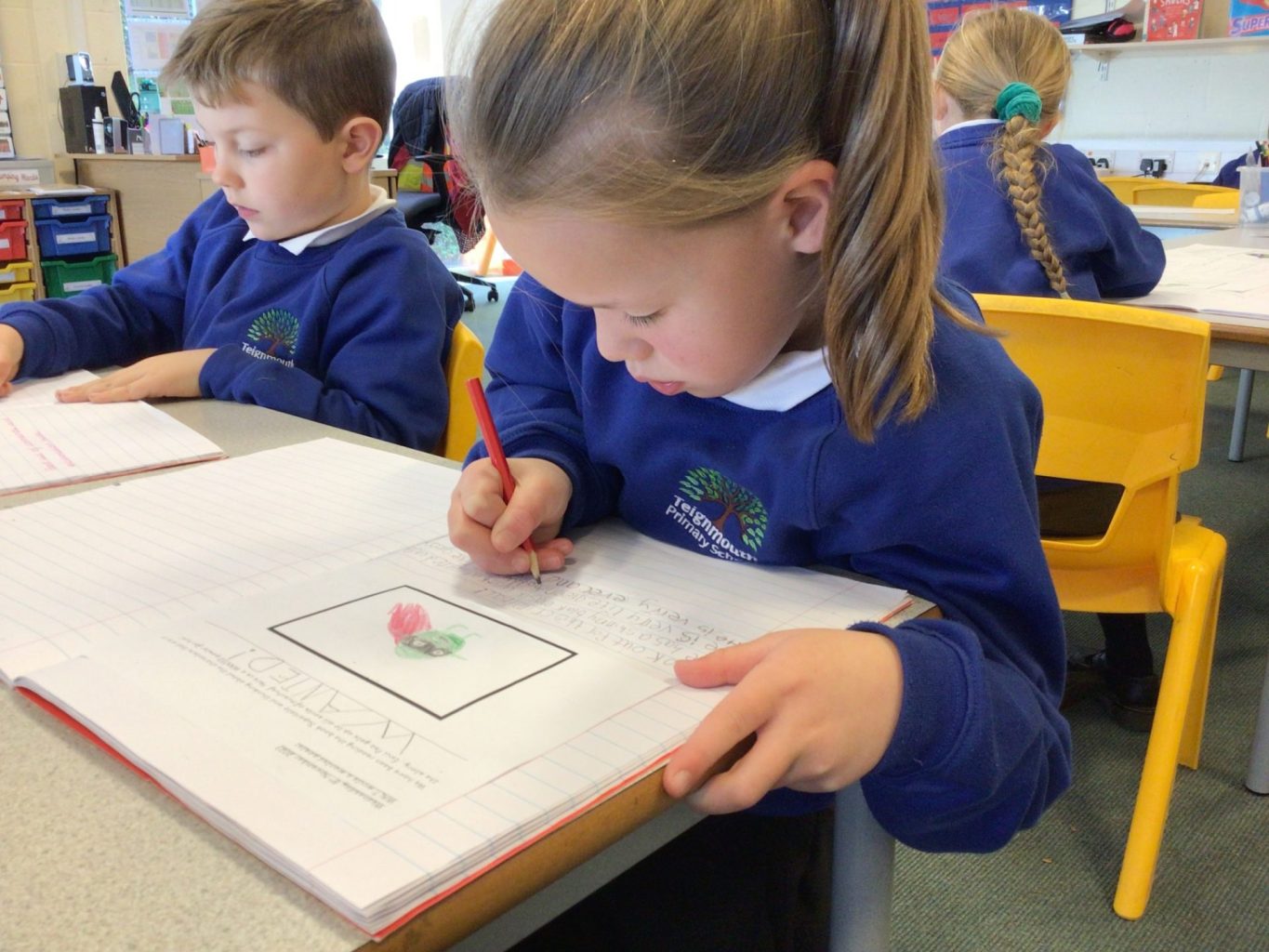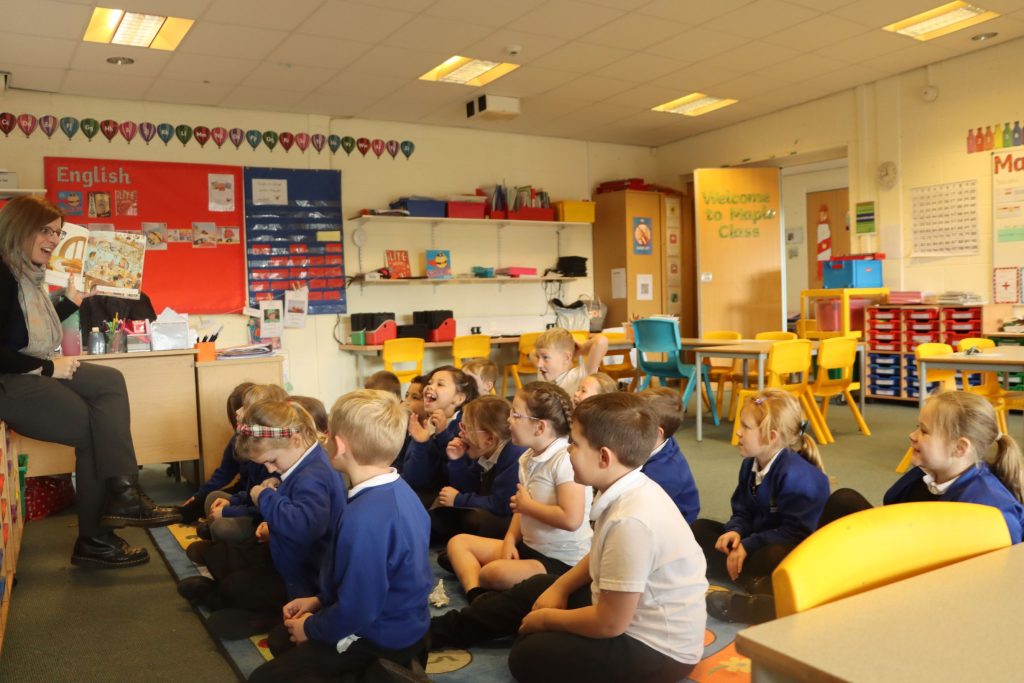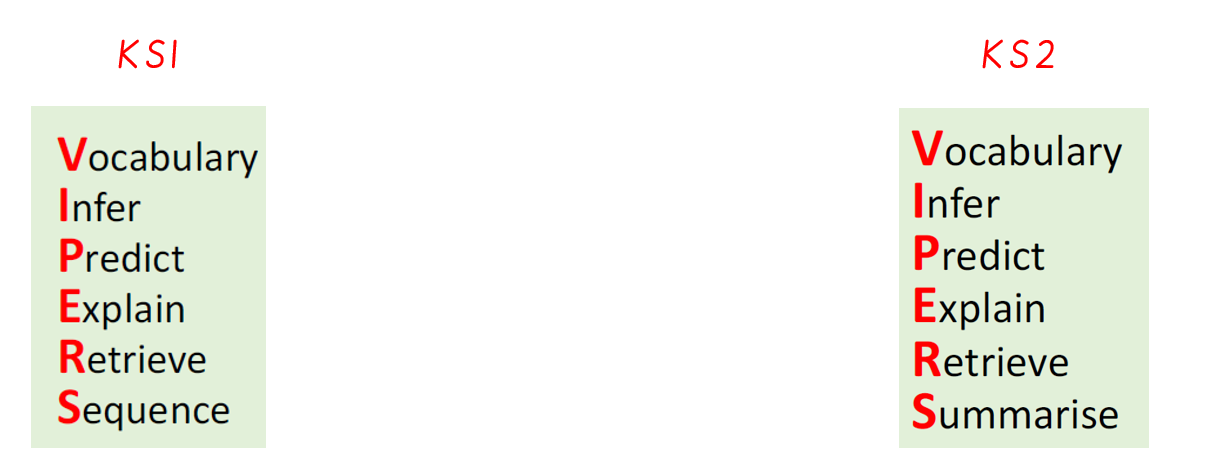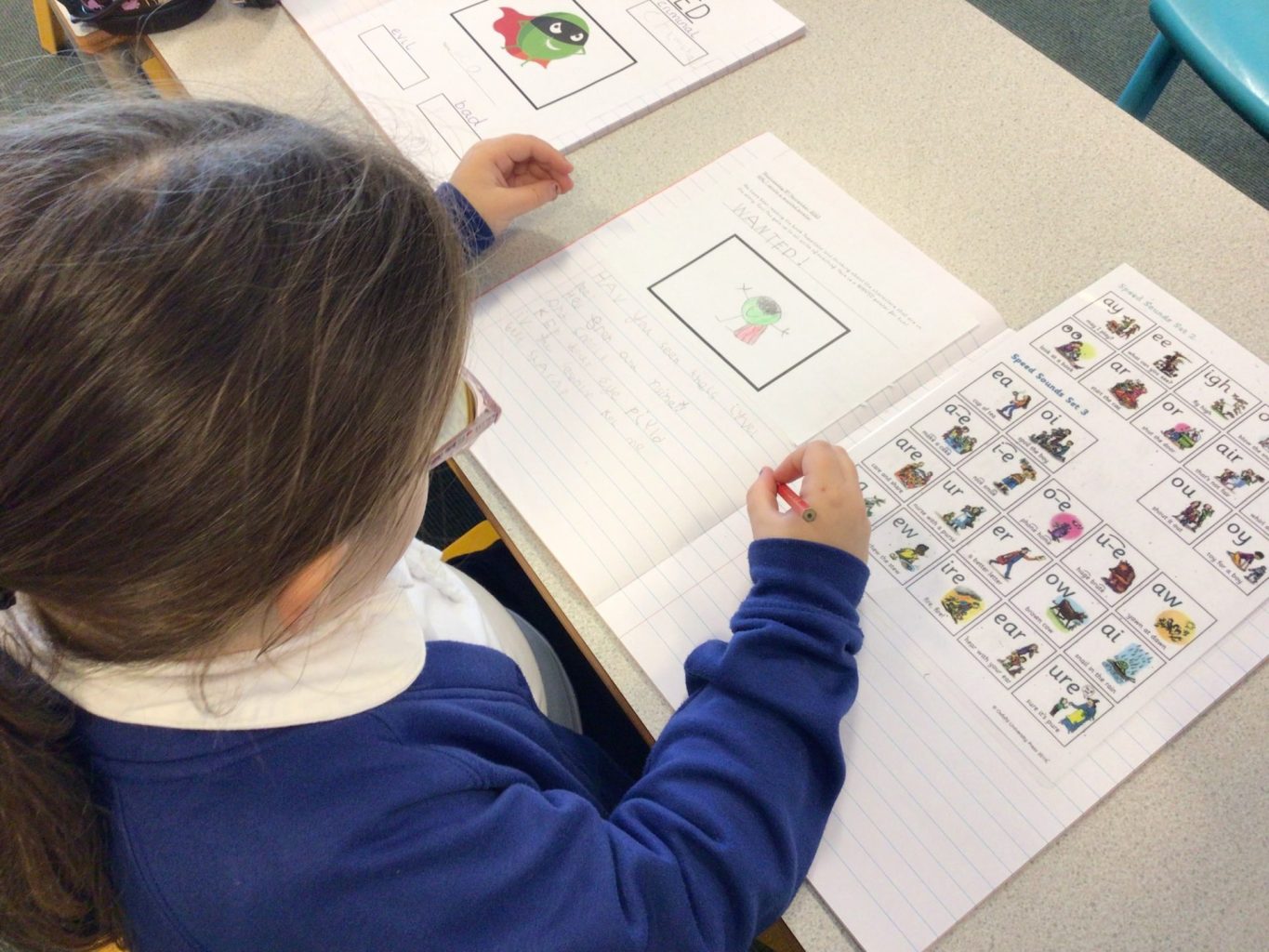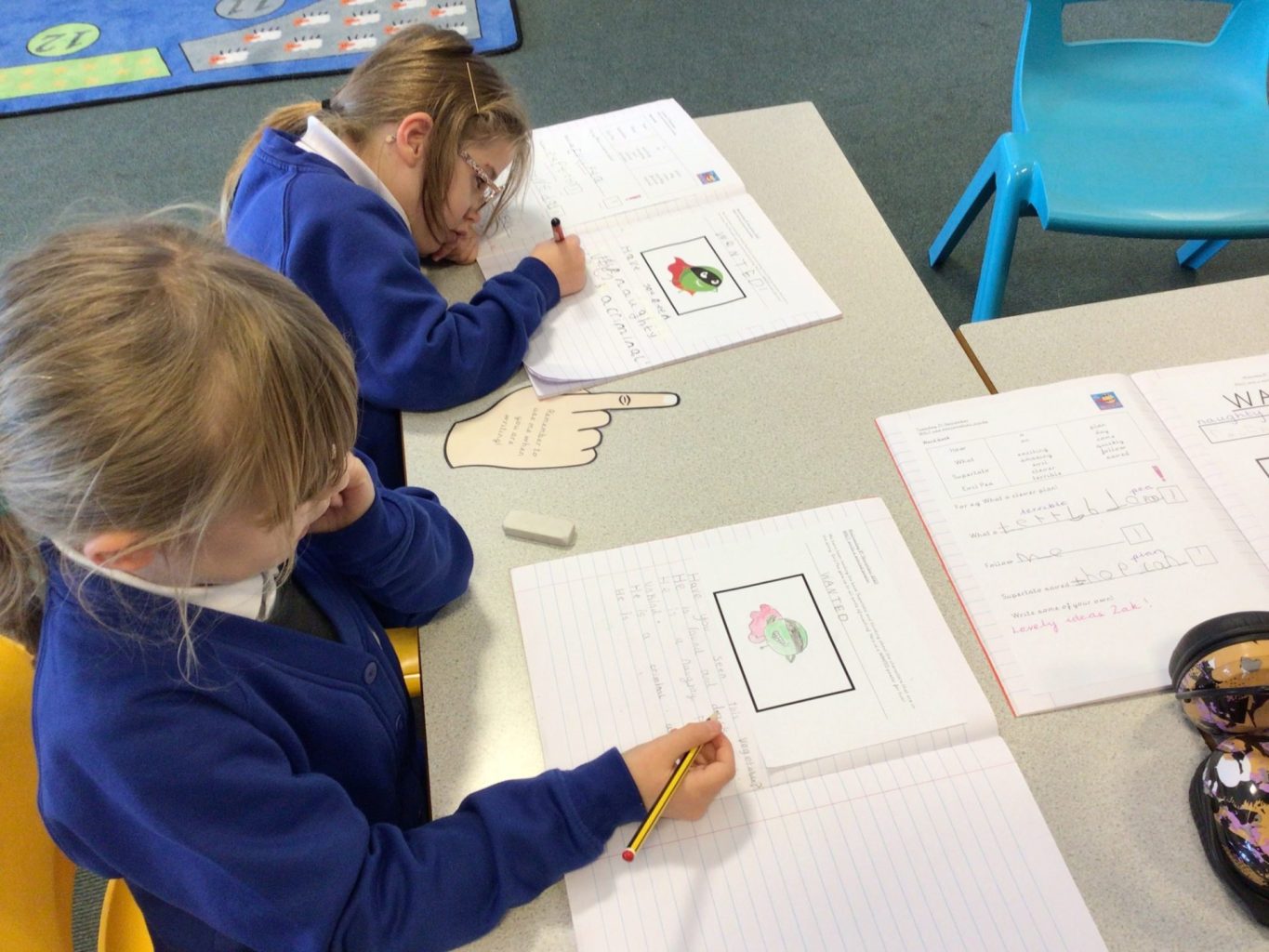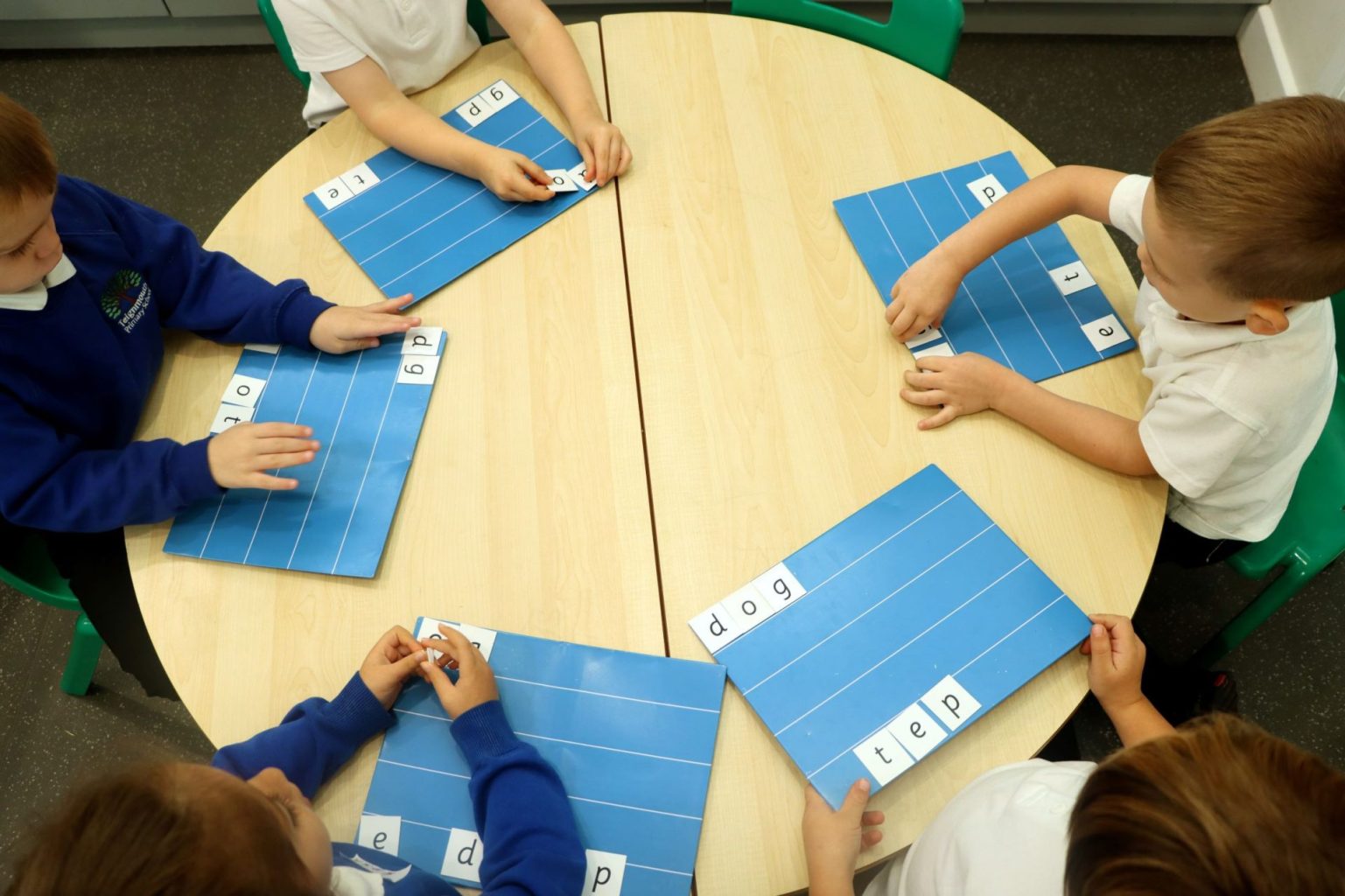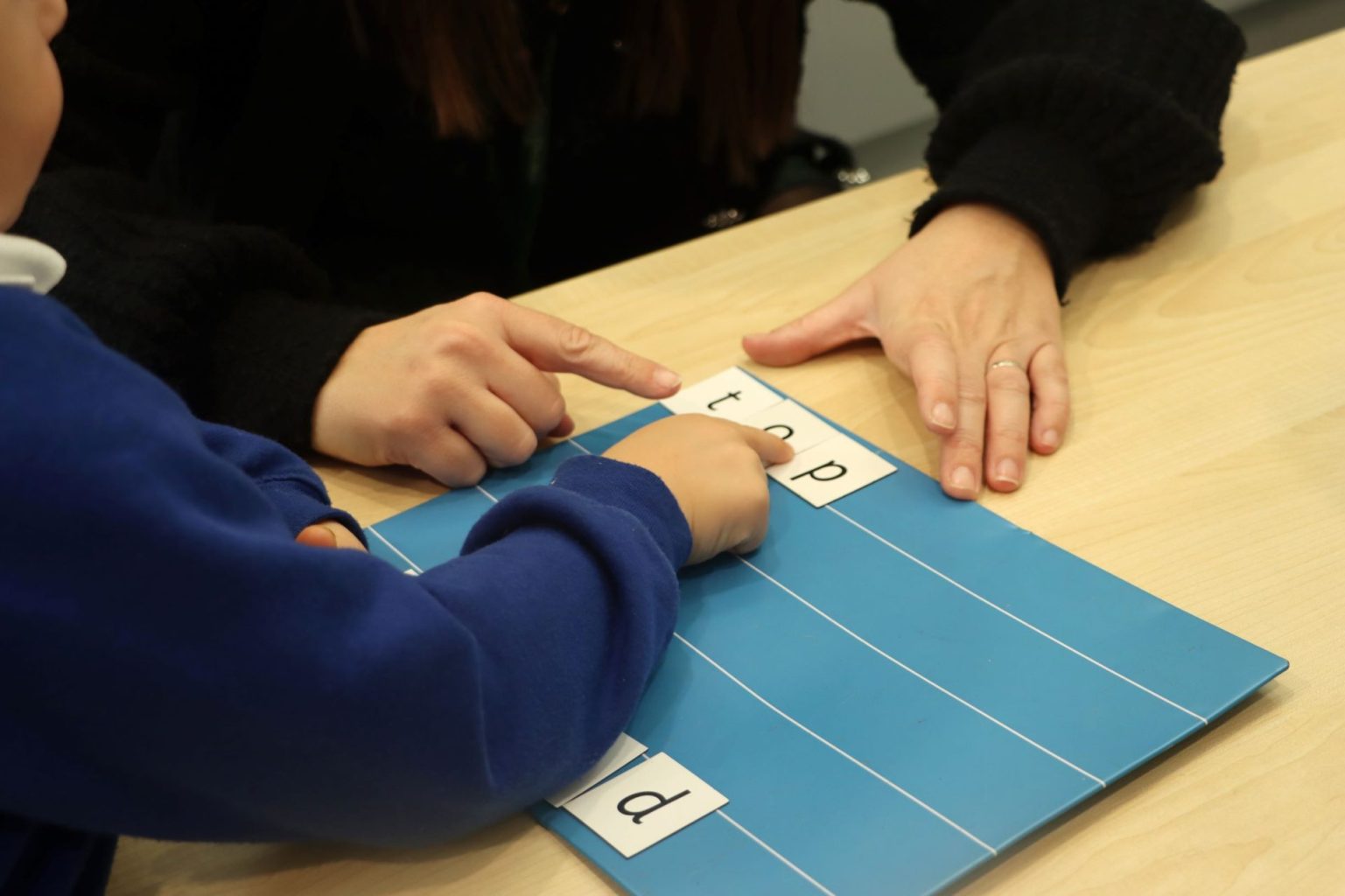Here at Teignmouth Primary School, we believe that literacy and communication are key life skills. One of our aims is to help children develop the skills and knowledge that will enable them to communicate effectively and creatively with the world at large, through spoken and written language. We promote our love of reading and strive to help children to enjoy and appreciate literature and its rich variety.
Our school learning is planned in a cross curricular way and we routinely use books as our starting point for a topic. Using a high-quality text as a basis for learning really engages the children and helps to develop quality writing as well as stimulating learning in other areas of the curriculum.
As a school, we aim to ensure that all pupils:
- read easily, fluently and with good understanding
- develop the habit of reading widely and often, for both pleasure and information
- have an understanding of our rich and varied language heritage
- write clearly, accurately and coherently, adapting their language and style in and for a range of contexts, purposes and audiences
- use discussion in order to learn; they should be able to elaborate and explain clearly their understanding and ideas.
Reading
Our reading curriculum is developed in two ways:
- Nursery, reception and year one participate in Read Write Inc (RWI) phonics so they can learn to recognise graphemes and use these to decode words through segmenting and blending. (See more on RWI below)
- Year 2 upwards are taught reading through ‘Whole Class Guided Reading’.
During whole class guided reading sessions, children are taught the key skills of vocabulary, inference, prediction, explanation, retrieval and sequencing or summarising (VIPERS).
At every stage of a child’s life, reading should be pleasurable and we believe that time should be devoted at school and home to ‘reading for pleasure’. During the children’s dedicated library slot each week, they have the opportunity to read books of their own choice, which they take home, read and discuss. This is key to the development and enjoyment of reading.
Reading Progression
Poetry Spine
Core texts for KS1 and EYs
Accelerated Reader
We have a well-stocked library of fiction and non-fiction books. The children are encouraged to choose their own books from our library. All our fiction books are part of the Accelerated Reader scheme, which is an online tool we use to inspire and motivate our ‘free readers’ to choose challenging and interesting books.
When they have completed a book, children are asked to complete an online quiz to see how well they have understood what they have just read. This helps us ensure your child is choosing books appropriately and making progress with their reading.
As parents, you can use the AR Bookfinder UK website to search for other books by title or author to see if they are part of the Accelerated Reader scheme. This could help you choose books to buy/read at home that will count on our Accelerated Reader scheme and allow your child to take quizzes on at school.
AR Bookfinder Website
VIPERS
Vipers (created by The Literacy Shed) is a range of reading prompts based on the 2016 reading content domains found in the National Curriculum Test Framework documents for KS1 and KS2. VIPERS is an acronym to aid the recall of the 6 reading domains as part of the UK’s reading curriculum. They are the key areas which we feel children need to know and understand in order to improve their comprehension of texts.
VIPERS stand for:
Writing
Learning to write is an important part of what a child will learn at primary school. Children use their writing in almost all of the subjects of the curriculum. Good writing also gives children a voice to share their ideas with the world. Learning to write can be a tricky business, because writing involves handwriting, spelling, grammar and punctuation not to mention what we want to write and who we are writing for.
EYFS
In reception, children will start to learn how to form letters correctly. They will be encouraged to use their knowledge of phonics to write words in ways which match their spoken sounds. By the end of the year, they will begin to write simple sentences which can be read by themselves and others.
Key Stage 1
In Year 1, children will be taught to write sentences by saying out loud what they are going to write about, put several sentences together and re-read their writing to check it makes sense. They will also be expected to discuss what they have written and to read it aloud.
In Year 2, children learn to write for a range of purposes, including stories, information texts and poetry. Children are encouraged to plan what they are going to write and to read through their writing to make corrections and improvements.
Key stage 2
In Years 3 and 4, children are encouraged to draft and write by talking about their ideas first. They will learn how to organise their writing using paragraphs, headings and when they are writing stories, they will learn to use settings, characters and develop plots. They will be expected to use what they know about grammar in their writing and to read through what they have written, to find ways to improve it.
In Years 5 and 6, children will continue to develop their skills in planning, drafting and reviewing what they have written. They learn to identify the audience for, and purpose of their writing. They will be expected to use grammar appropriately. In non-fiction writing, children will use headings, bullet points and other ways to organise their writing effectively for the reader. They will be expected to describe settings and characters, create atmosphere and to use correctly punctuated dialogue in their stories to advance the action.
Writing Progression
Spelling in Years 2 to 6
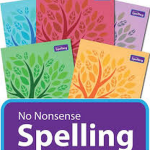 The RWI scheme is a good basis to learn the letters needed for particular sounds. This can then support spelling as the children begin to write. From year 2, we use the No Nonsense Spelling scheme to continue to teach the spellings and spelling patterns appropriate for each year group.
The RWI scheme is a good basis to learn the letters needed for particular sounds. This can then support spelling as the children begin to write. From year 2, we use the No Nonsense Spelling scheme to continue to teach the spellings and spelling patterns appropriate for each year group.
Children will have a spelling sessions two to three times a week but will also be taught how to transfer these skills in to their writing sessions. There are a number of different strategies that are used throughout the programme to help children learn and remember their spellings.
For ideas on how to help your child learn their spellings, use this helpful spelling booklet:
Spelling Booklet
Handwriting
 At Teignmouth Primary School, we are very proud of our pupil’s handwriting and take particular care in our handwriting style. We use Letter-join’s on-line handwriting resource and Lesson Planners as the basis of our handwriting teaching as it covers all the requirements of the National Curriculum.
At Teignmouth Primary School, we are very proud of our pupil’s handwriting and take particular care in our handwriting style. We use Letter-join’s on-line handwriting resource and Lesson Planners as the basis of our handwriting teaching as it covers all the requirements of the National Curriculum.
Handwriting is a basic skill that influences the quality of work throughout the curriculum. By the end of Key Stage 2, all pupils should have the ability to produce fluent, legible and, eventually, speedy joined-up handwriting, and to understand the different forms of handwriting used for different purposes.
Our intention is to make handwriting an automatic process that does not interfere with creative and mental thinking.
Aims:
- To develop a neat, legible, speedy handwriting style using continuous cursive letters, which leads to producing letters and words automatically in independent writing.
- To establish and maintain high expectations for the presentation of written work.
- For pupils to understand, by the end of Year 6, the importance of neat presentation and the need for different letterforms (cursive, printed or capital letters) to help communicate meaning clearly.
Handwriting Guidelines and Progression
How can I support my child’s English skills?
1. Reading with your child
No matter their age, reading regularly to your child, often books that they can’t yet read independently, is a great way of supporting their writing. Listening to books being read aloud introduces them to different ideas that they can borrow and adapt for their own writing, as well as hearing different ways of using language that are often not from the types of sentences that we use when we speak.
Try to make sure your child gets to hear a range of different types of books, including fiction and non-fiction. This is useful for their writing, as it allows them to encounter a wide variety of different types of language and different purposes for writing.
- Reading with Your Child – Parents’ Booklet
- 100 Books – KS1 | PDF
- 100 Books – Years 3 and 4 | PDF
- 100 Books – Years 5 and 6 | PDF
2. Giving your child opportunities to write
Writing for a real-life purpose can be a great way of practising writing. Writing cards, shopping lists, or letters and emails to relatives can all be motivating real life reasons for writing. Children might also keep a diary or be encouraged to write short stories based on books they have read or toys they enjoy playing with.
3. Helping your child with spelling
While there’s obviously much more to good writing than correct spelling, if children are worrying about spelling a particular word or having to stop frequently to think about spelling, it can prevent them from concentrating on the other aspects of writing, including communicating their ideas. Please see the attached spelling mats to use at home with your children.
4. Helping your child with handwriting
Different children develop control over their handwriting at different points, and learning to form letters correctly at the start of school can be very useful for later on as it is much harder to unlearn habits once they have been formed. Fluent, neat handwriting is useful to ensure that a reader can understand what a child is trying to communicate in their writing, as well as helping a child to feel confident about their writing. Please see the attached letter formation mat to use with your children at home.


